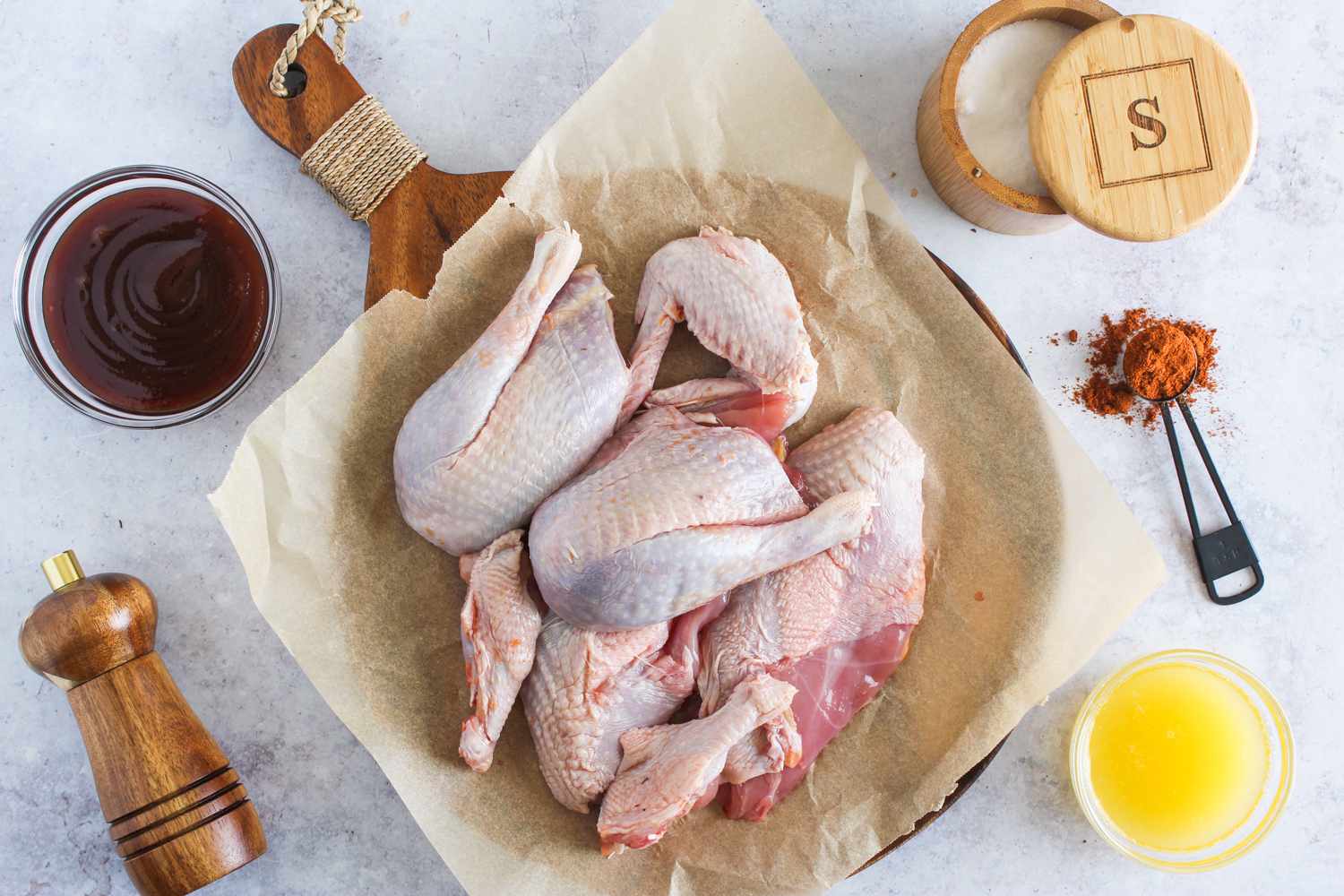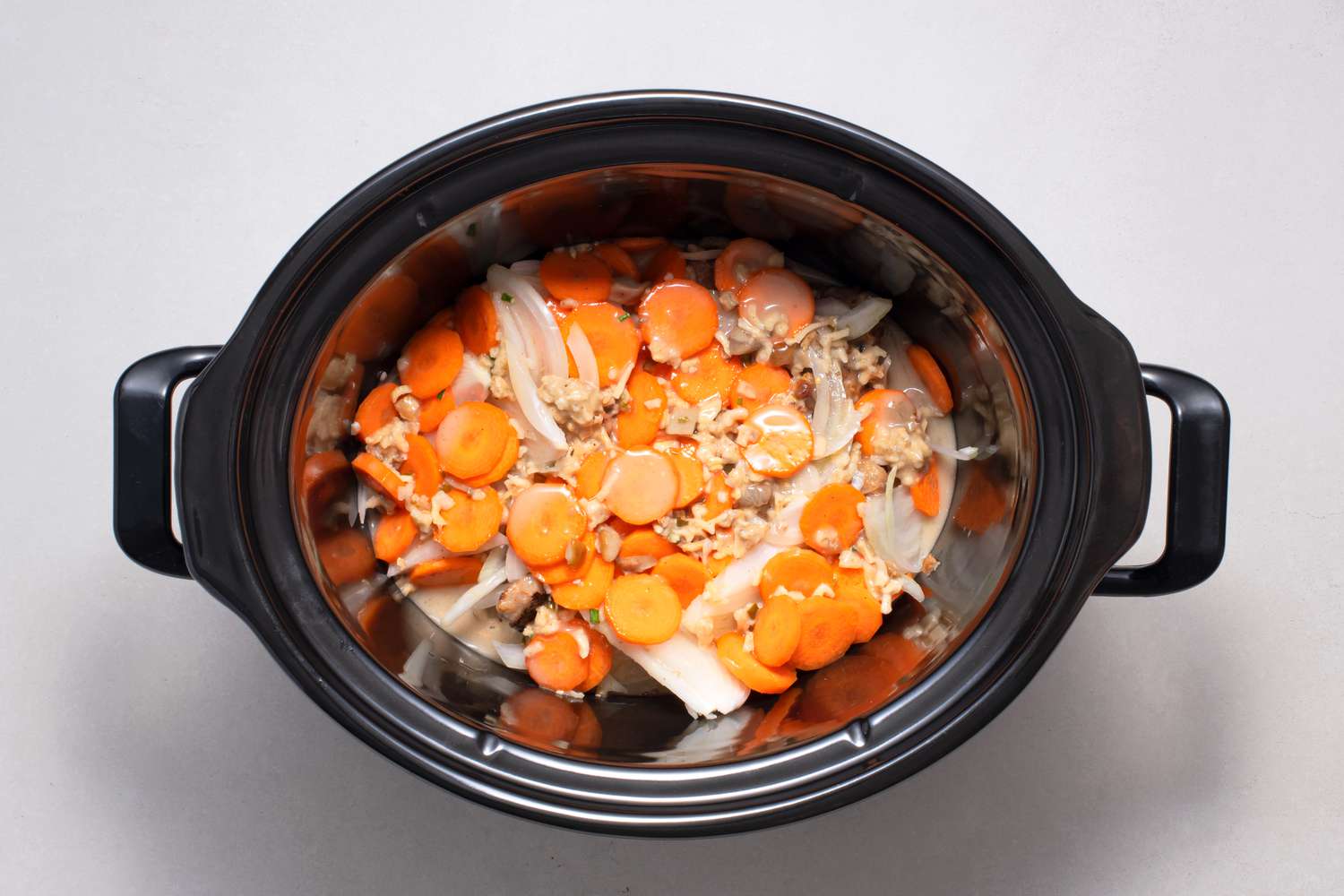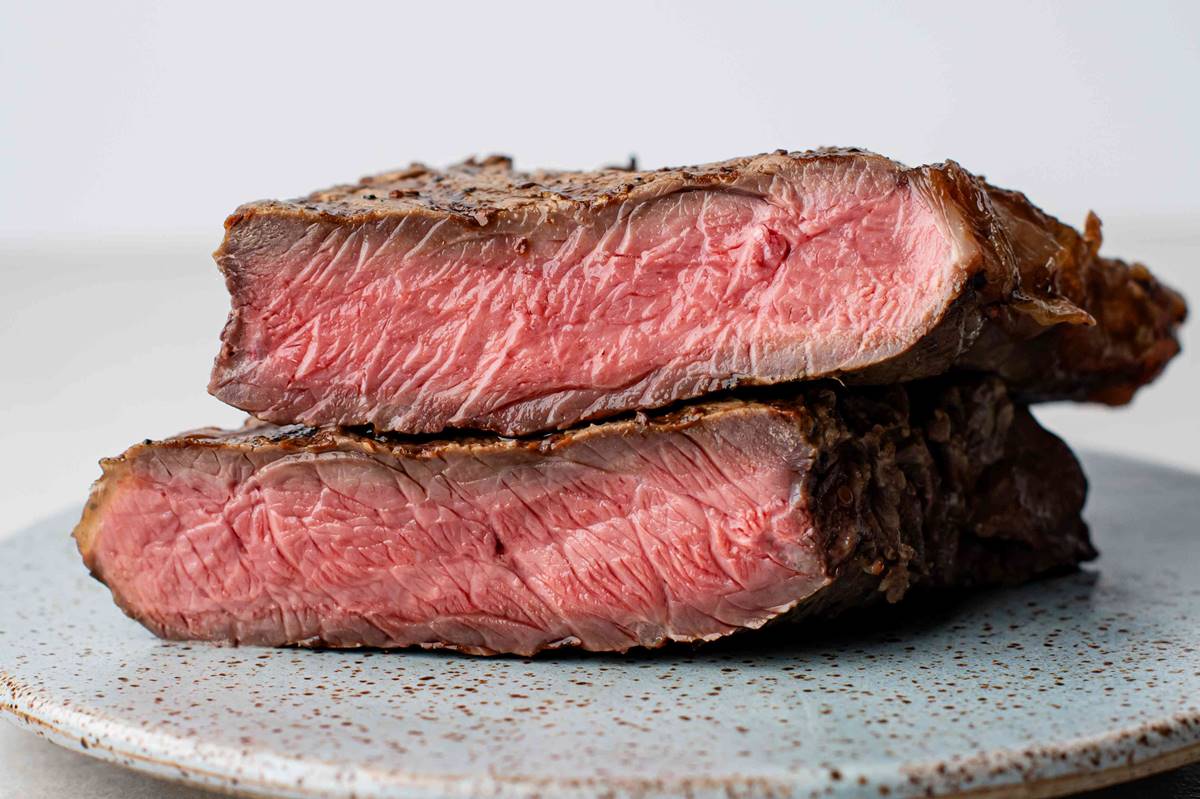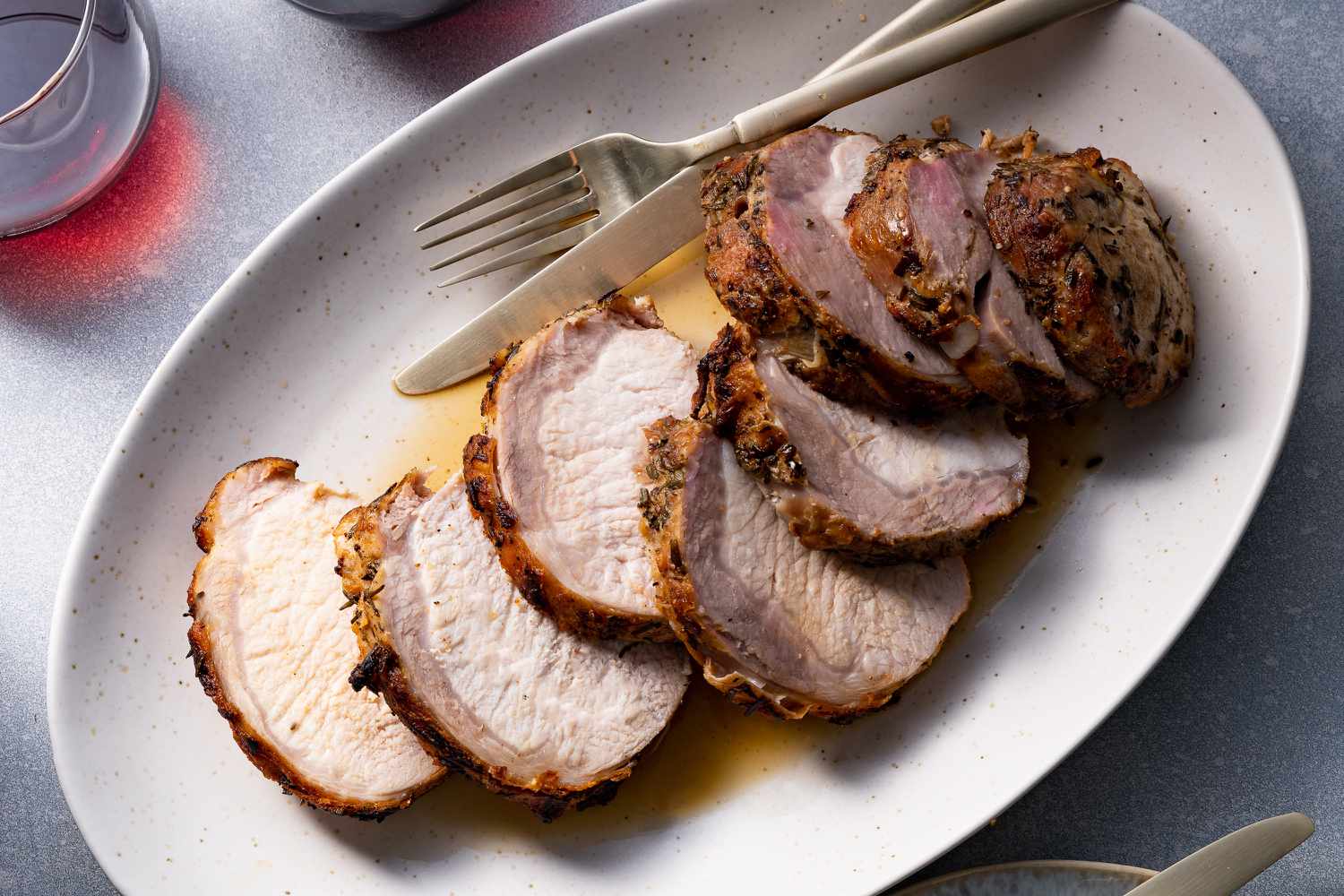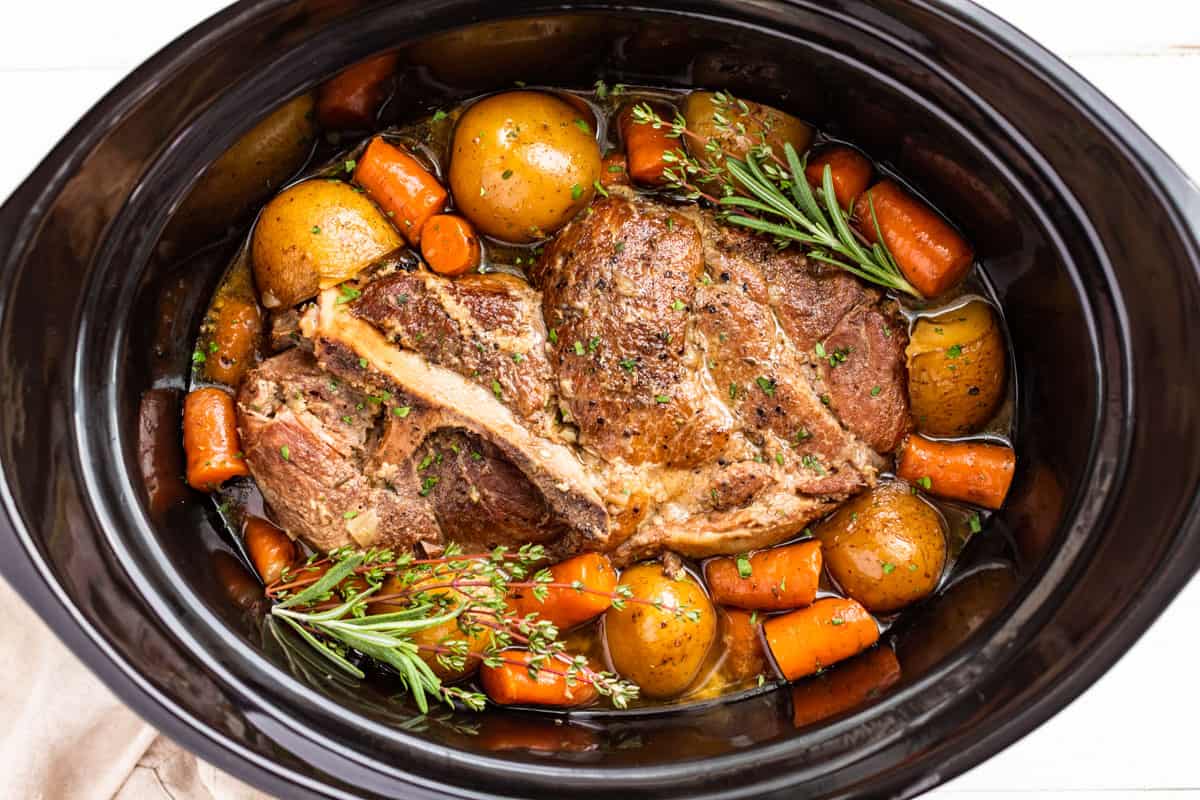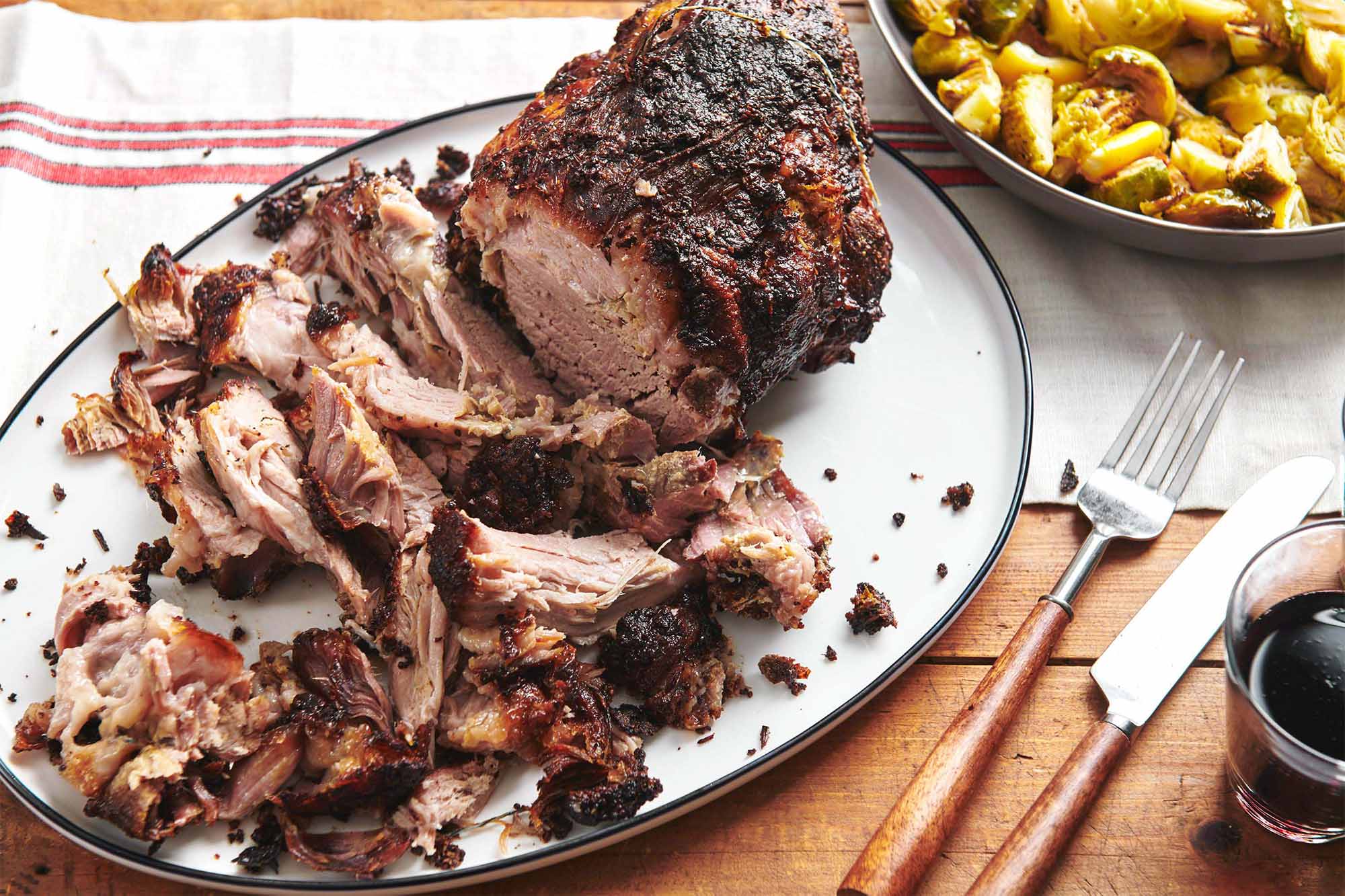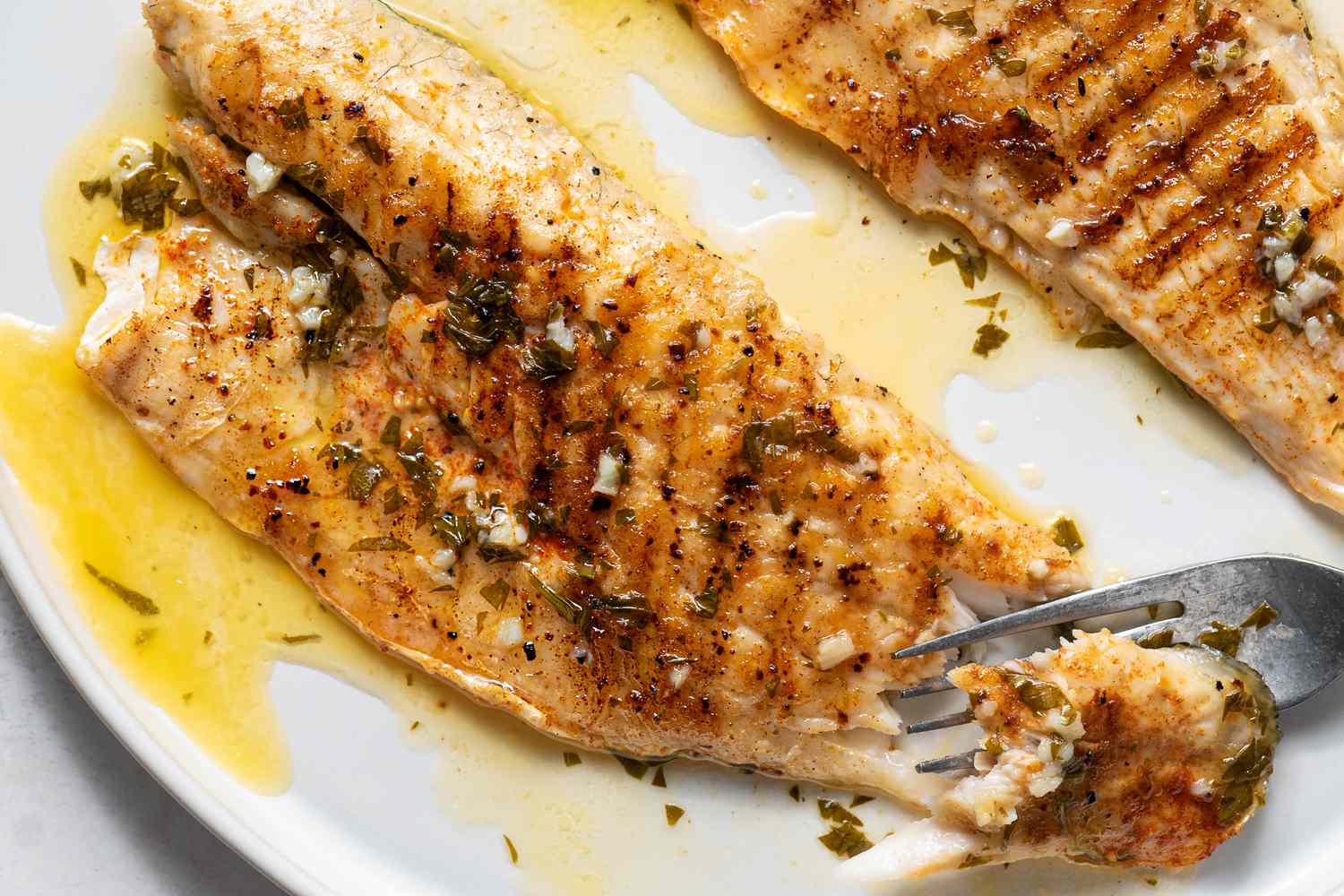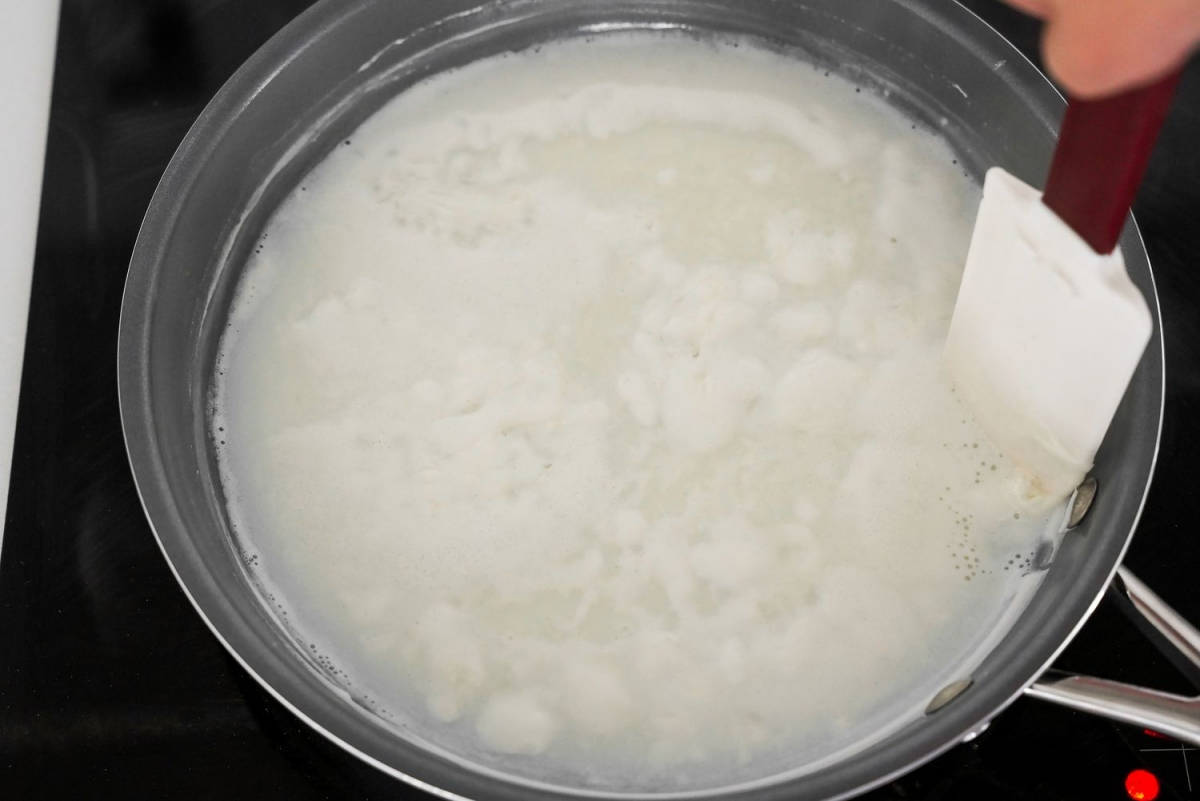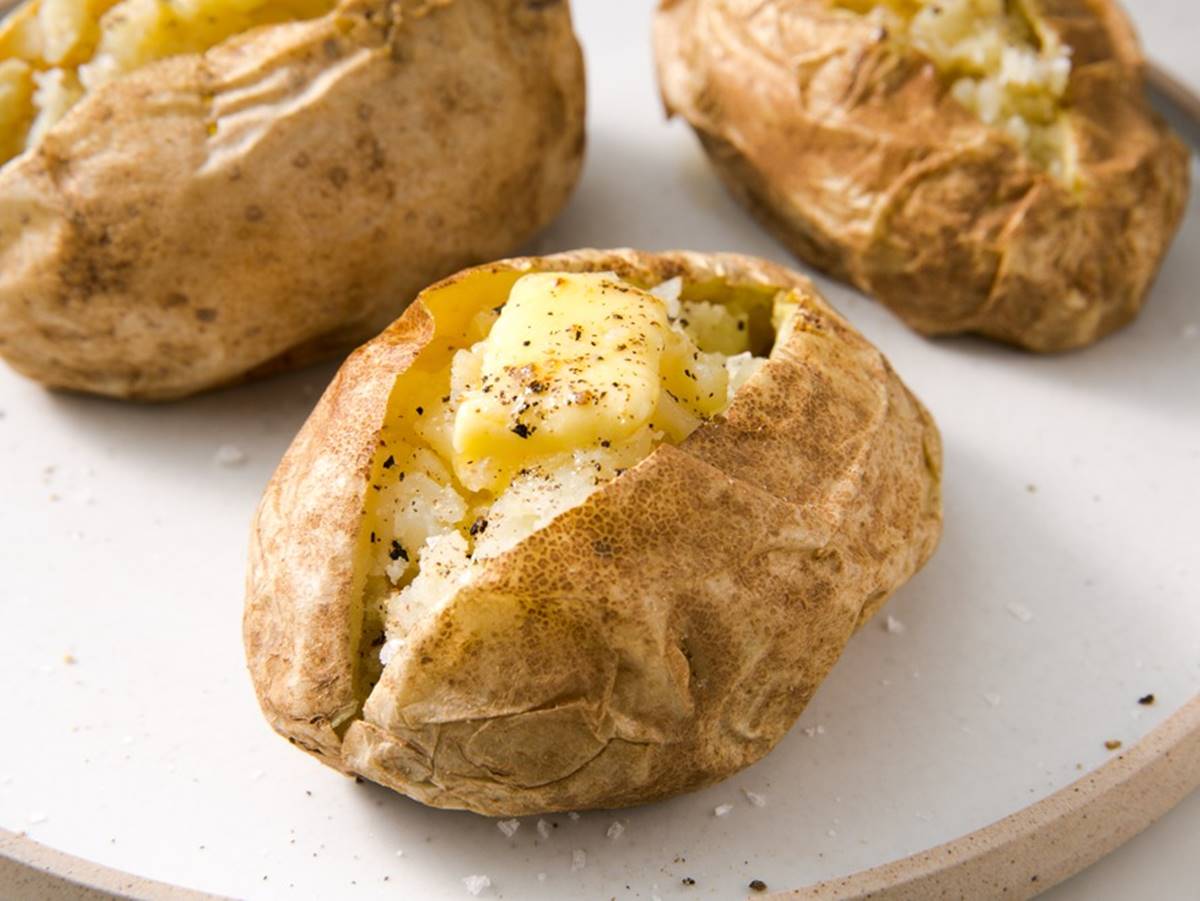Unlock the Secrets to Tender Beef Strips
Beef strips are versatile and delicious, perfect for stir-fries, fajitas, or even a juicy steak sandwich. But let’s face it, tough and chewy beef strips can ruin the entire meal experience. Don’t worry! In this guide, we will show you how to cook beef strips tender every time, making your dishes a mouthwatering success!
Choose the Right Cut of Beef
The first step to getting tender beef strips is selecting the right cut of meat. Look for cuts such as sirloin, flank steak, or skirt steak. These cuts have enough marbling and connective tissues to ensure tenderness. Plus, they are packed with flavor too!
Marinate for Maximum Tenderness
Marinating your beef strips is a game-changer when it comes to tenderness. A marinade not only infuses the meat with flavors but also helps to break down tough muscle fibers. For a simple yet effective marinade, combine soy sauce (2 tbsp), Worcestershire sauce (1 tbsp), minced garlic (2 cloves), and a splash of olive oil. Let the strips bathe in the marinade for at least 30 minutes, or overnight in the fridge for even better results!
Proper Prepping and Slicing
Before cooking your beef strips, make sure to take them out of the fridge and let them come to room temperature. This will ensure even cooking. Additionally, pat the strips dry with a paper towel to remove any excess moisture, as this can hinder browning.
When it comes to slicing the beef, remember to cut against the grain. This technique helps to shorten the muscle fibers, resulting in more tender meat. Look for the natural lines on the meat and cut perpendicular to those lines.
Get the pan sizzling
A hot pan is crucial for achieving a beautiful sear and ensuring tenderness. Heat a skillet or frying pan over medium-high heat and add a high smoke point oil such as vegetable or canola oil. When the oil is shimmering, it’s ready for your beef strips.
High Heat, Quick Cook
When cooking beef strips, remember that a quick sear is your best friend. High heat, coupled with a short cooking time, helps to seal in juices and keep the meat tender. It’s recommended to cook the beef strips in small batches to avoid overcrowding the pan, which can cause steaming instead of searing.
Do Not Overcook!
One of the biggest mistakes people make when cooking beef strips is overcooking them. Remember, beef continues to cook even after it’s removed from the heat source. Aim for medium-rare to medium doneness, as this will result in juicy and tender strips. Use a meat thermometer to ensure accuracy; the internal temperature should be around 130 to 135°F (54 to 57°C).
Rest, Slice, and Serve
Don’t rush to cut into your beef strips right after cooking. Allow them to rest for a few minutes, covered with foil. This step allows the meat to reabsorb some of its juices, resulting in a more tender and flavorful dish.
When slicing the beef, cut it across the grain into thin strips. This ensures maximum tenderness and a pleasant eating experience. Now, you’re ready to serve your mouthwatering beef strips!
With these tips and tricks, you now have the knowledge to cook beef strips tender every single time. Prepare to impress your friends and family with perfectly cooked, succulent beef strips in your favorite recipes. Enjoy!
For a deliciously tender meal, readers can try making Thai Beef Salad or Beef and Broccoli Stir-Fry. Both recipes utilize thinly sliced beef strips, which are perfect for achieving tenderness. Additionally, Korean Beef Bulgogi offers a flavorful marinade that tenderizes the meat beautifully. Those looking for a quick and satisfying dish can opt for Philly Cheesesteak Sandwich, where thin beef strips are cooked to perfection with melted cheese. For a hearty and spicy option, Beef Chili is a great choice as it allows the beef to cook slowly, becoming incredibly tender. These recipes not only highlight the versatility of beef strips but also ensure a tender and mouth-watering experience.
Was this page helpful?
Read Next: How To Cook King Oyster Mushrooms
